The Secret World of Greg Ketter
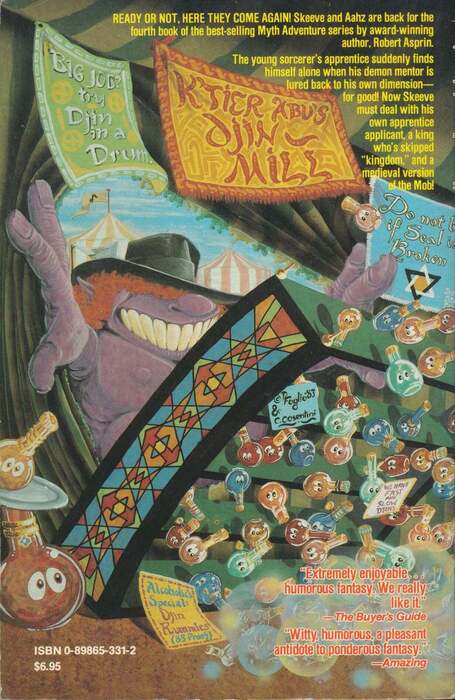 |
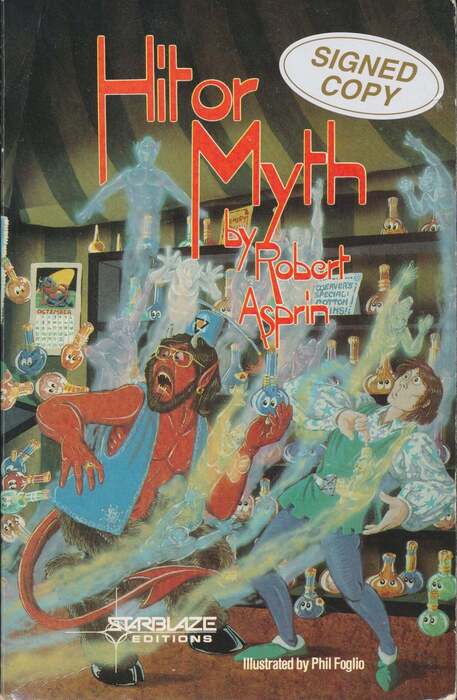 |
Hit or Myth by Robert Asprin (Starblaze, 1983). Cover by Phil Foglio
Greg Ketter, owner of Dreamhaven Books in Minneapolis, is one of the best booksellers in the business, and he’s sold me many fine volumes over the years. Greg doesn’t talk about it much, but he’s also friends with many of the most famous writers and artists in the field. This being a creative industry, Greg’s friendships reveal themselves in entertaining ways. In fact, Greg has been Tuckerized more than anyone else I know, and in some surprising ways.
I’ve been enjoying Greg’s tales of Tuckerization on Facebook. What is “Tuckerization?” Here, I’ll let Greg explain it.
Wilson “Bob” Tucker was an early SF fan who also went pro, writing mystery and science fiction stories alike. His first book, mystery novel The Chinese Doll, contained the names of many of his friends as characters. Thus you had been “Tuckerized.” The practice continues today sometimes with people paying great sums of money (usually for charities) to be included as characters in books. The most popular seems to be getting killed off in whatever silly/gruesome/disgusting/crazy way the author can dream up.
Greg’s namesake has appeared in George R.R. Martin’s Game of Thrones, Nick Pollata’s Satellite Night Fever, Joe Domenici’s Bringing Back the Dead, and many more. But my favorite story is the time he appeared on the cover of Hit or Myth, the fourth book in Robert Asprin’s popular and long running Myth Adventures series:
I was staying with Phil Foglio for a while when he said he needed a model for the new Robert Asprin Myth book. Sure, why not. So, I became a demon for Hit or Myth. Notice those ripped abs (actually, back then I was a bit closer to that than I am now. Everything has dropped down a ways since then). I helped with some of the atrocious puns scattered about the cover and Phil named the place “K’tier Abu’s Djin Mill” as a nod to his old buddy.
I leave it as an exercise to the reader to spot all those visual puns Greg mentions. Just about every one of my friends in Ottawa back in the day read Asprin’s Myth Adventures series, and the books were scattered around our house when I was in University. It’s quite the kick to discover that’s I’ve secretly known the cover model for the demon Aahz all these years. Small world.
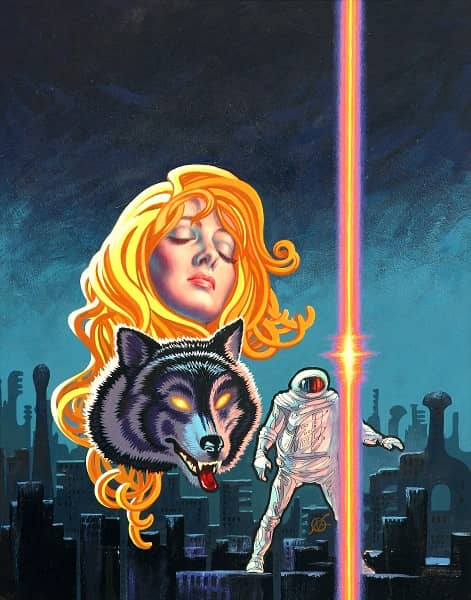
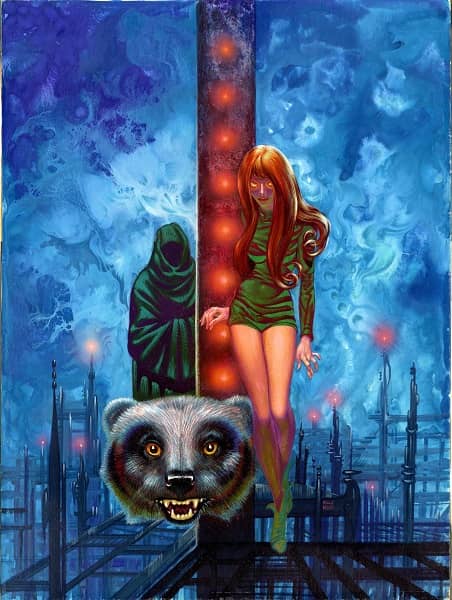
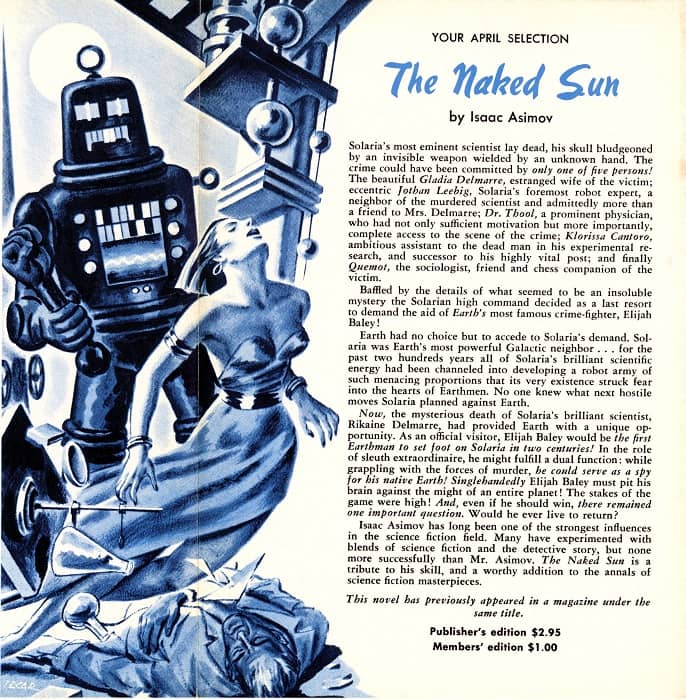
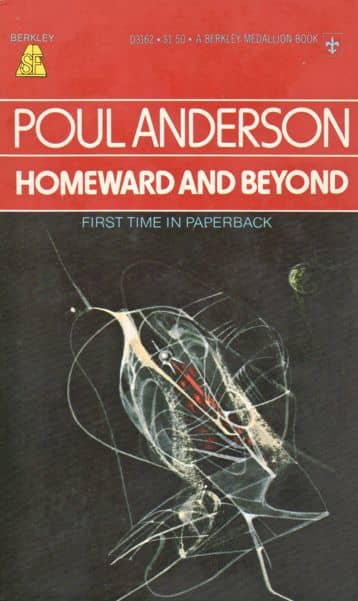
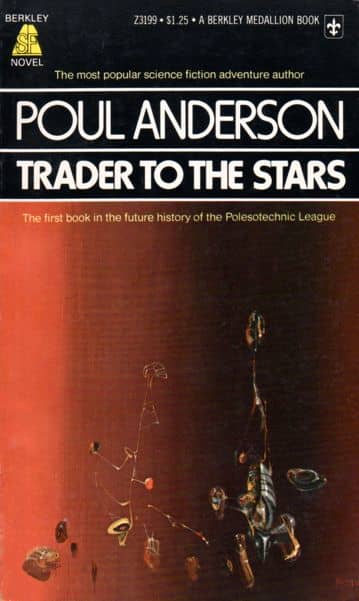
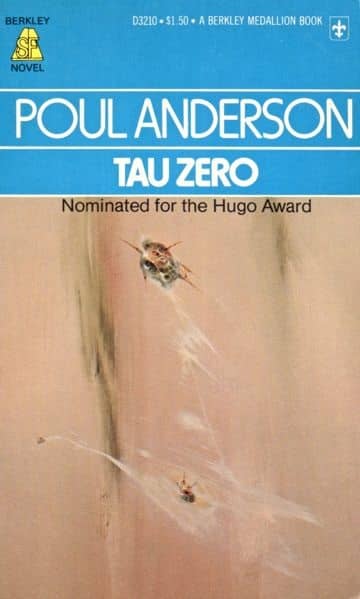
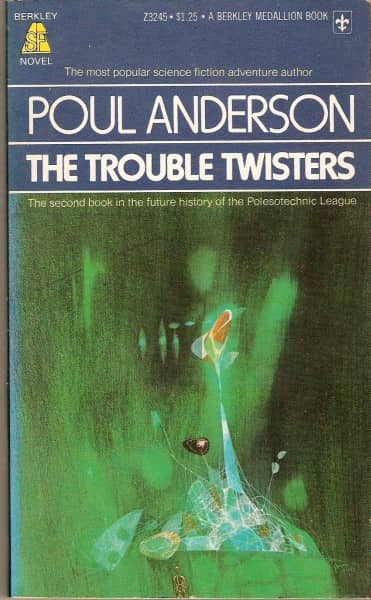
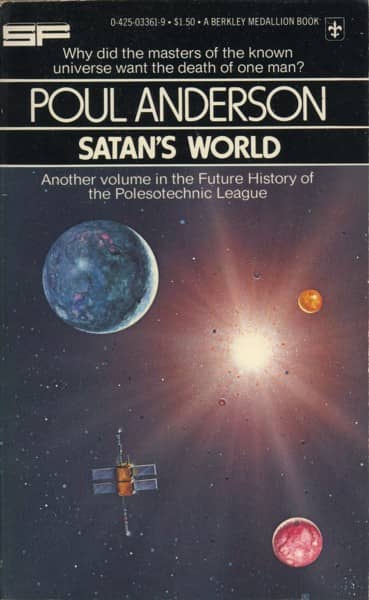
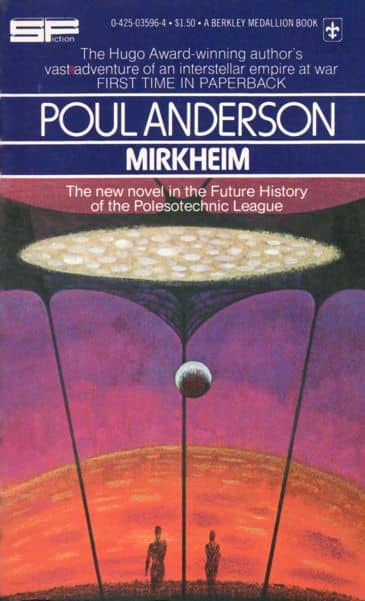
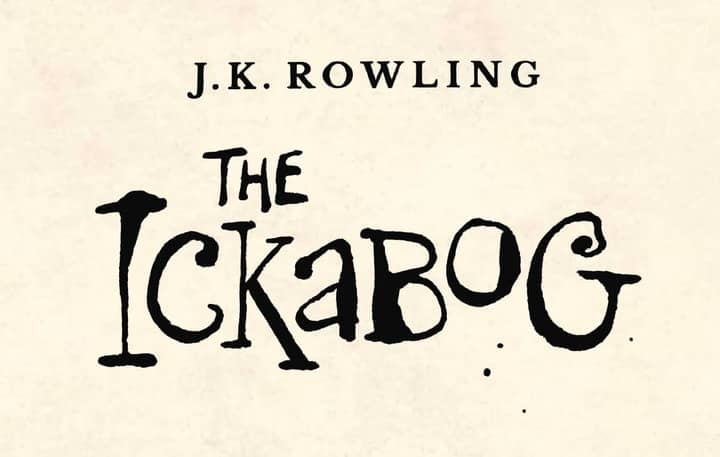
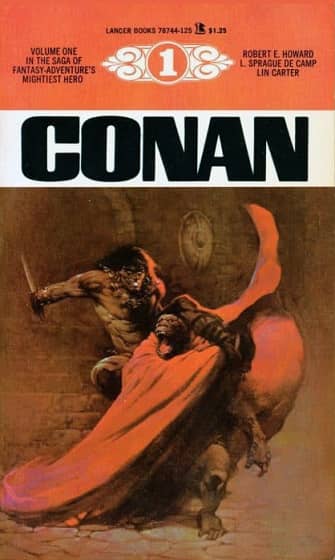
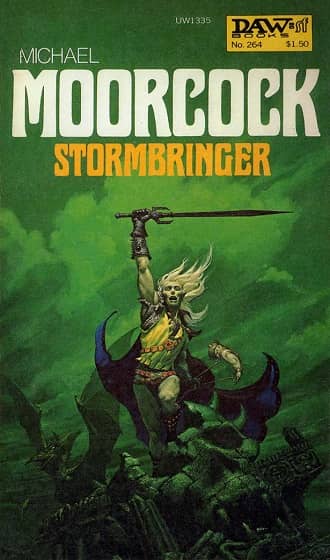
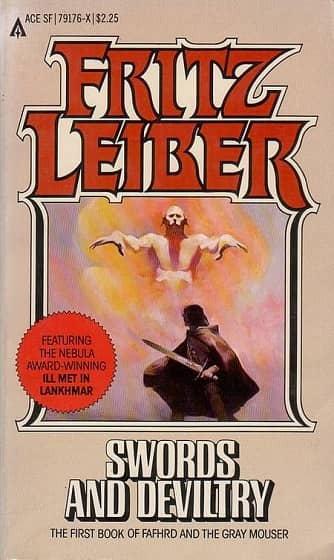
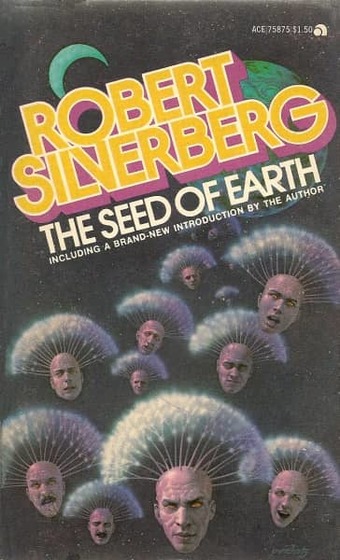
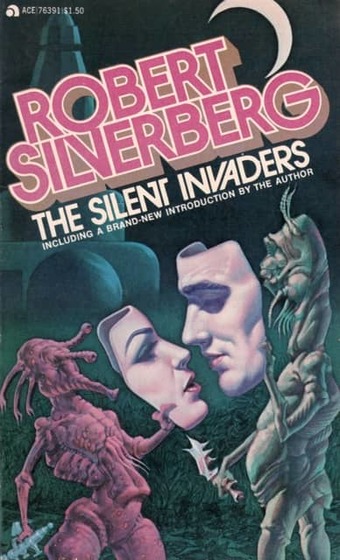
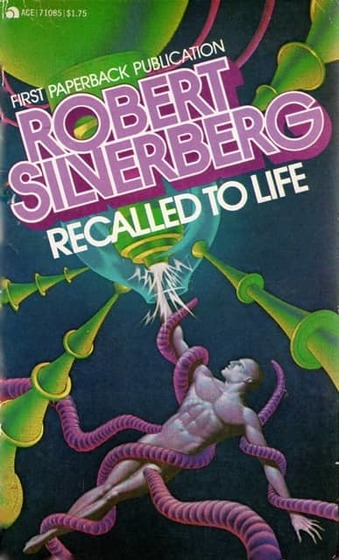
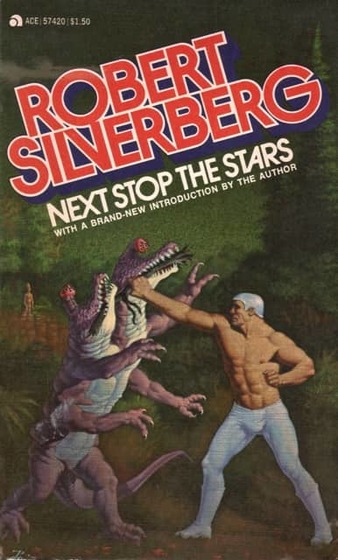
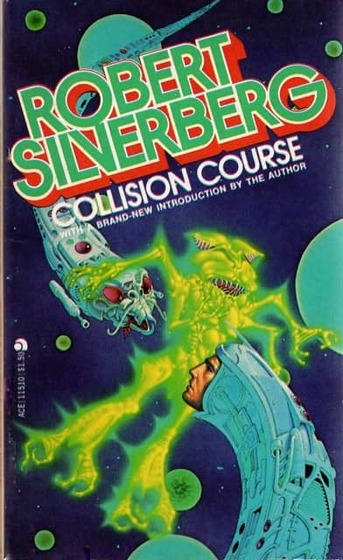
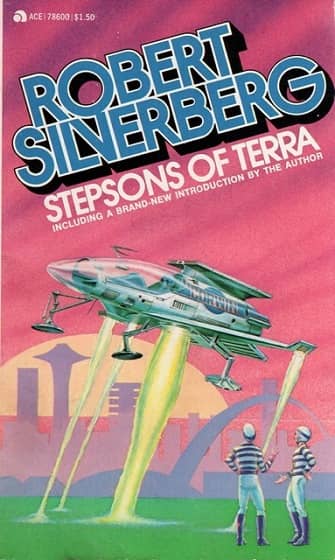
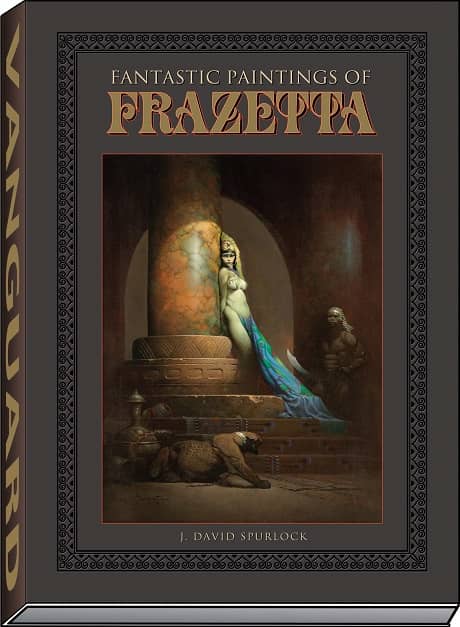
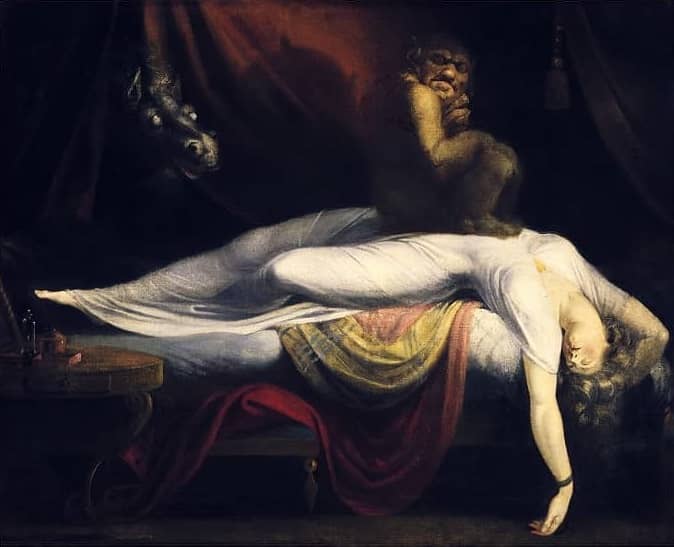

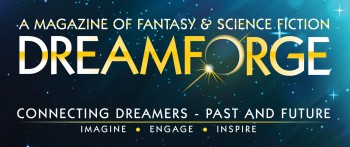 In the second of two interviews supporting
In the second of two interviews supporting